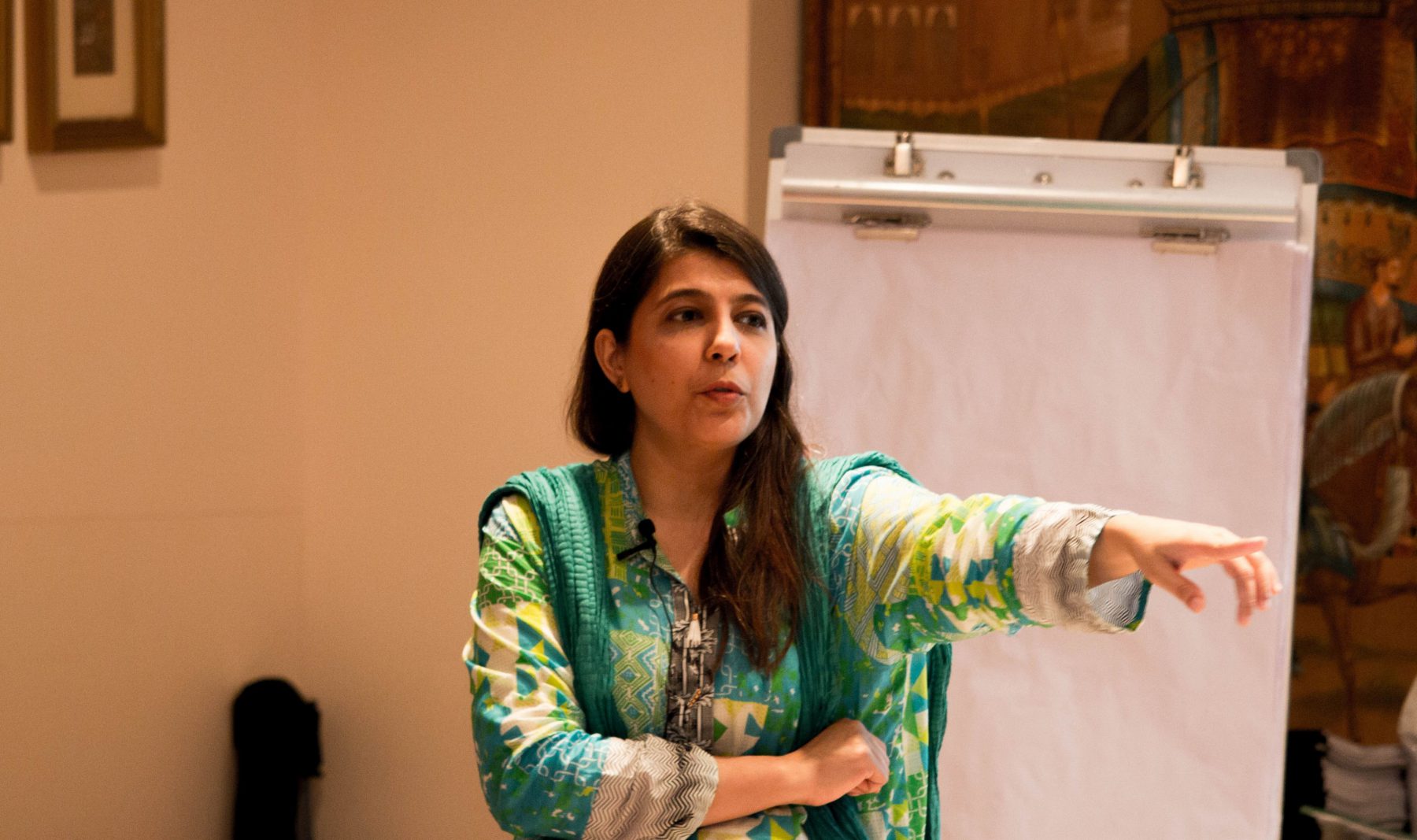‘Introducing a new teaching method is bound to be met with resistance, and this is something that is felt at every level, especially primary where set standards are seen as the basis of a strong foundation. The trick is to be relentless and model it the best way to encourage adoption.’
With over 15 years of experience under her belt in curriculum development and technology integration in classrooms at some of the best schools in Pakistan, Hina decided it was time for a change and instead focus on what all could be done to remedy the extremely low level of student engagement and poor learning outcomes in low-income and historically disadvantaged students. Working briefly as a consultant for the Sindh Reading Program and getting firsthand experience in the problems that plagued low-income students, she decided to join SABAQ, where she wanted to distinguish herself in helping create a digital learning platform that was solely focused on primary-level learning.
Heading our digital curriculum design, Hina is a firm believer in introducing technology in earlier grades to help foster a more confident student who uses logic and reason to understand concepts and apply them more soundly. Technology allows for more vivid visuals and standardized outcomes that are extremely important especially in language acquisition with elements like phonics. This way, a child can listen to the same output over time and be able to get instant feedback by recording himself and comparing.
Every child is a unique combination of skills that affect learning. EdTech allows for a greater degree of personalization that results in stronger engagement creating an experience that is bound to have better retention and more sound assessment. Integrating technology also blurs the limitation on where and when the ‘learning’ can take place. This is especially important for students that SABAQ caters to, who often lack basic infrastructure making their tablet device their primary source of learning.
Technology can play a significant role in creating an immersive environment that can positively impact learning gains while empowering both student and teacher. With SABAQ, Hina has been able to lead a team of curriculum developers who are coming up with innovative ways to explain basic concepts that can be built over time using a blended learning experience that includes tablets and various hands-on activities among other things. This content is then taken to our partner schools where periodic training sessions are held to seamlessly integrate technology to create a learning environment that students have never experienced before. Hina hopes to concentrate her efforts on developing digital creative spaces that are open-source and capitalize on younger students’ motivation to explore, experience and discover and encourage them to become strong and independent learners.

